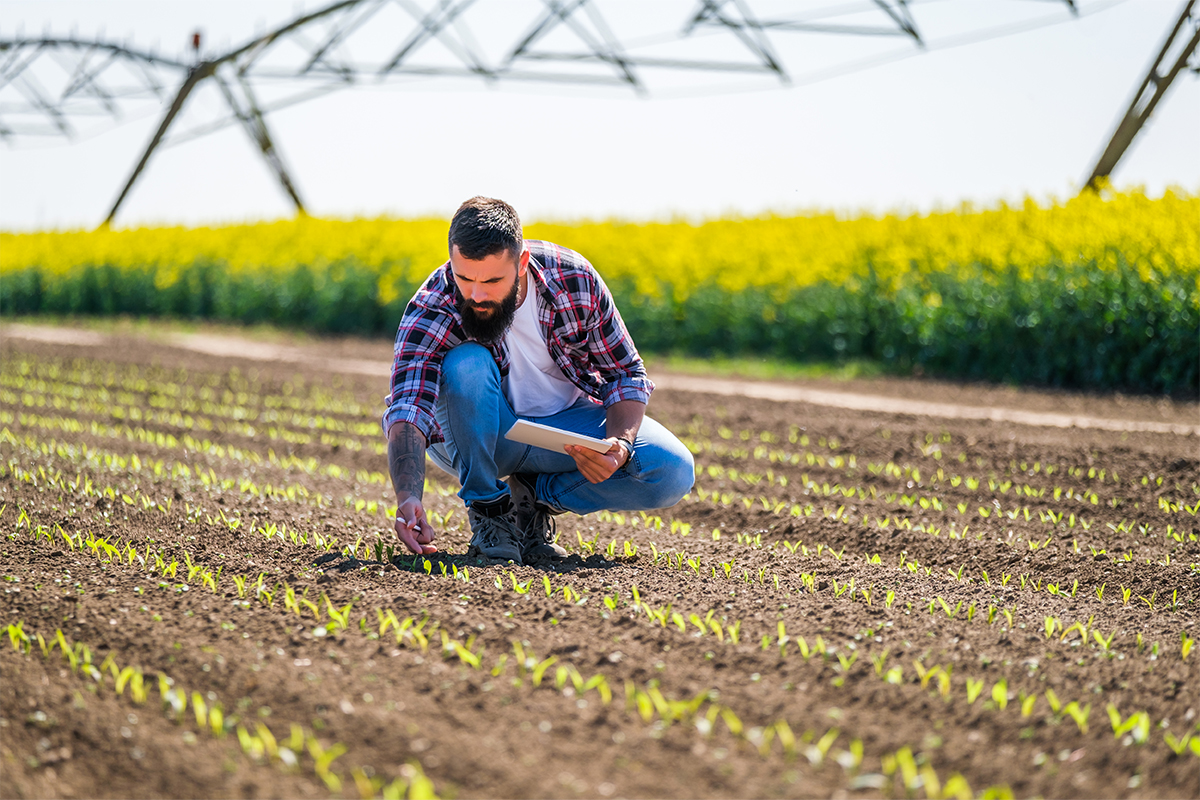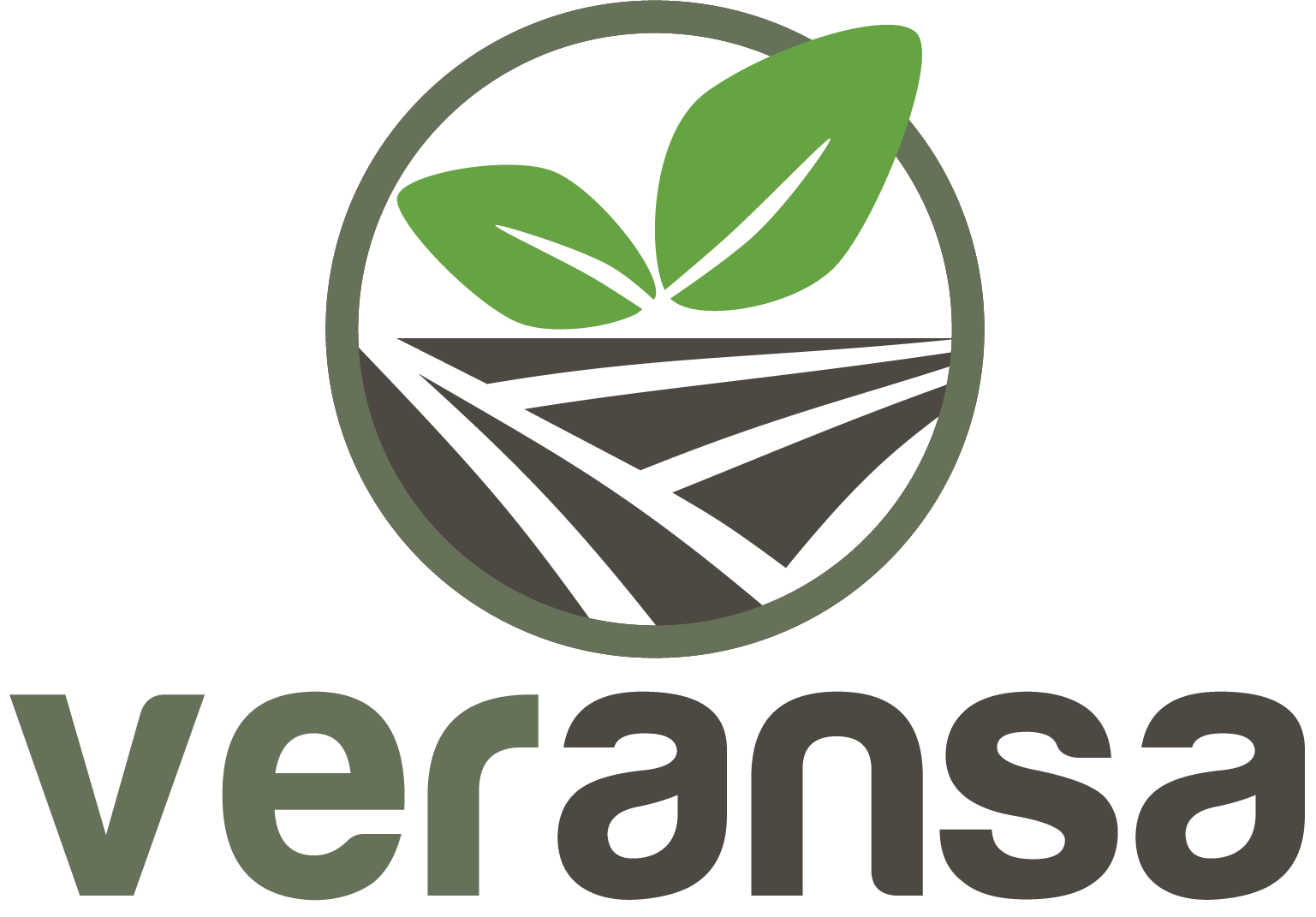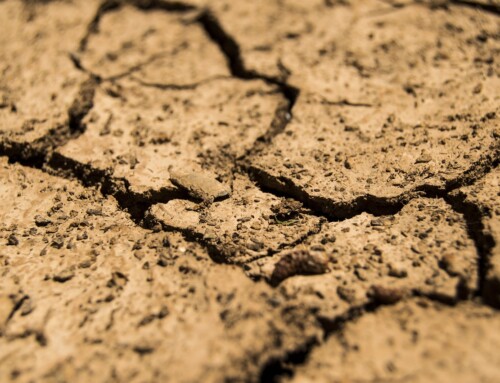While soil is always under our feet, very few of us really consider its importance or makeup – that is, until we want to grow something in it. Whether we want a beautiful, lush lawn or a garden overflowing with strawberries and tomatoes, the quality of the soil is a vital component of the process. In this article we examine the types of soil that we may run into here in Florida, as well as the soil amendments that may be necessary to regenerate the soil and get the best out of our agricultural efforts.
Soil is comprised of organic matter with rock particles, clay and minerals mixed in. We typically refer to soil as the top layer of the earth’s ground covering, but there are several specific varieties of soil that we should be familiar with. For instance, some soil types hold onto and conserve water effectively – while others are proficient at draining water away. Ensuring that your plants are matched with the right type of soil will help achieve gardening success.

5 Primary Layers of Soil
The ground under us is made up of five primary soil layers, including:
- Organic Surface: Also referred to as the humus layer, this topmost layer of soil is immediately underfoot as we walk. It is mainly comprised of decaying organic matter.
- Surface or Topsoil: The next layer of soil reaches down approximately 5 to 10 inches. It is rich in the minerals and microorganisms required for root growth and health, making it the primary concern of most farmers and gardeners.
- Subsoil: Located just under the topsoil, the subsoil is typically made up of organic matter, iron and clay.
- Substratum: This highly compacted layer is located below the subsoil.
- Bedrock: The bottom-most layer of “soil” is actually composed primarily of rock.
3 Basic Types of Soil
There three most common types of soil are characterized by the amount of clay, sand particles or silt present in their composition.
- Clay soil: The particles of clay and silt in this type of soil are very small and stick close together, making the soil very efficient at holding water and nutrients. However, clay soil is easily compacted, making it challenging for roots to penetrate or moisture and nutrients to reach those roots. Clay soil feels sticky and slippery and tends to stubbornly adhere to your garden tools.
- Sandy soil: The larger, coarser particles of sandy soil will drain more rapidly, but will wash away valuable nutrients and moisture when it does so. Sandy soil is rough to the touch and doesn’t hold together well – but are ideal for cacti and succulents.
- Loam: This type of soil contains clay, silt, sand and organic material, making it the most appropriate for gardening. It allows the right balance of drainage and retention of moisture and nutrients – and is easier to dig in and cultivate than other types of soil.
Why are Soil Amendments Necessary?
It is unlikely that your home garden or farm plot will provide the ideal environment for what you want to grow without a little help. Soil amendments can help to enhance and improve the soil, giving plants and crops their best chance at successfully growing and thriving.
Amending soil is the process of improving it with additional materials to improve or change the soil’s physical nature. Soil amendments also minimize compaction, aerating the soil to facilitate the movement of water and nutrients to the plant roots. Some amendments infuse additional nutrients into the soil or help to establish and maintain a correct pH balance.
Some common soil amendments you may need for your gardening efforts include:
- Garden soil: Best for use in-ground (rather than in containers). Improves aeration and moisture retention and may include fertilizer.
- Sphagnum peat moss: Slowly releases water to plant roots, provides aeration in clay, adds structure to sandy soil.
- Topsoil: Best for regeneration of gardens and lawns. Great for leveling ground and correcting eroded areas.
Discover Veransa Custom Soil Amendments
No two pieces of ground are exactly the same. However, you can coax the very best out of your garden, lawn or farm plot by utilizing custom blends created from organic, natural materials. Whether a bedding blend for your potted plants or composted blends for agriculture, you’ll find exactly what you need at the Veransa Group. Not only that, but you can feel good about adding a completely sustainable product to your property – all natural and chemical free. Shop our versatile range of topsoil and soil amendments here.



